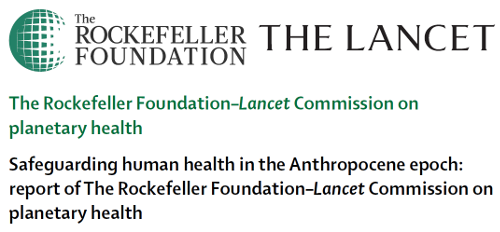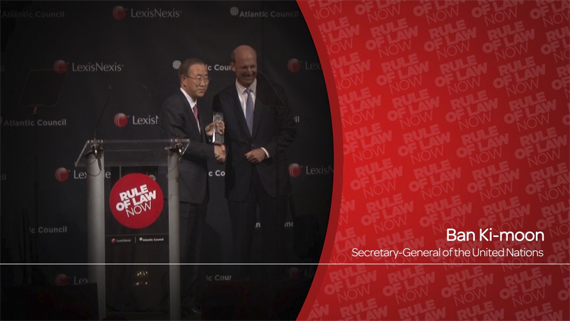Remarkable gains have been made in global health in the past 25 years, but progress has not been uniform. Mortality and morbidity from common conditions needing surgery have grown in the world's poorest regions, both in real terms and relative to other health gains. At the same time, development of safe, essential, life-saving surgical and anaesthesia care in low-income and middle-income countries (LMICs) has stagnated or regressed.
This book chapter advances SDGs 3 and 14 by providing an overview of ecotoxicological tools currently used for risk assessment in aquatic media, improving risk assessments, biological tools, and emerging concerns.
Elsevier,
Aquatic Ecotoxicology: Advancing Tools for Dealing with Emerging Risks, Volume , July 13, 2015
This book chapter advances SDGs 3 and 14 by highlighting how assessing environmental risks of chemicals entering the aquatic environment as a consequence of human activities is a complicated task and summarizing relevant strategies for emerging risks.
Elsevier,
Aquatic Ecotoxicology: Advancing Tools for Dealing with Emerging Risks, Volume , July 13, 2015
This book chapter advances SDGs 3 and 14 by describing the major genomic, proteomic, metabolomic, and fluxomic approaches developed in aquatic ecotoxicology.
This paper extends the concept of therapeutic landscapes by investigating how green and blue spaces affect older adult health and wellbeing. We draw on interview data from participants aged 65-86 years old who described their everyday experiences with green and especially blue spaces across Metro Vancouver, Canada. Landscapes embedded with therapeutic qualities included parks, gardens, street greenery, lakes, and the ocean. Interactions with these spaces influenced participants' perceived physical, mental, and social health.
Human health is better now than at any time in history, but these gains have come at a high price: the degradation of nature’s ecological systems on a scale never seen in human history. A growing body of evidence shows that the health of humanity is intrinsically linked to the health of the environment, but by its actions humanity now threatens to destabilise the Earth’s key life-support systems. As a Commission, we conclude that the continuing degradation of natural systems threatens to reverse the health gains seen over the last century. The SDGs provide a great opportunity to integrate health and sustainability through the judicious selection of relevant indicators relevant to human wellbeing, the enabling infrastructure for development, and the supporting natural systems, together with the need for strong governance.
The Business for the Rule of Law Framework (B4RoL) was launched by the UN GC in June 2015, building on the work started by LexisNexis Legal & Professional and the Atlantic Council in 2013. The B4RoL Framework is a call to action and guide for businesses around the world in taking proactive, voluntary actions to support the rule of law in everyday operations and relationships. Engaging business in the rule of law is critical to SDG 16.3 to promote the rule of law at the national and international levels and SDG 17 Partnerships for the goals.
Elsevier,
Aquatic Functional Biodiversity, An Ecological and Evolutionary Perspective, 2015, Pages 127-155
This book addresses goals 13 and 14 by discussing conservation and biodiversity factors in freshwater ecosystems
Partner content
United Nations University, April 2015.
Contributing to SDGs 3 (Good health and Well-being) and 17 (Partnerships for the Goals), this concept note explores what a public health approach to global drug policy means in practice.
In this Series paper, we review evidence for interventions to reduce the prevalence and incidence of violence against women and girls. Our reviewed studies cover a broad range of intervention models, and many forms of violence - ie, intimate partner violence, non-partner sexual assault, female genital mutilation, and child marriage. Evidence is highly skewed towards that from studies from high-income countries, with these evaluations mainly focusing on responses to violence.


